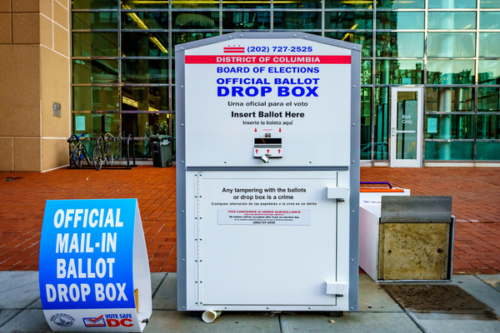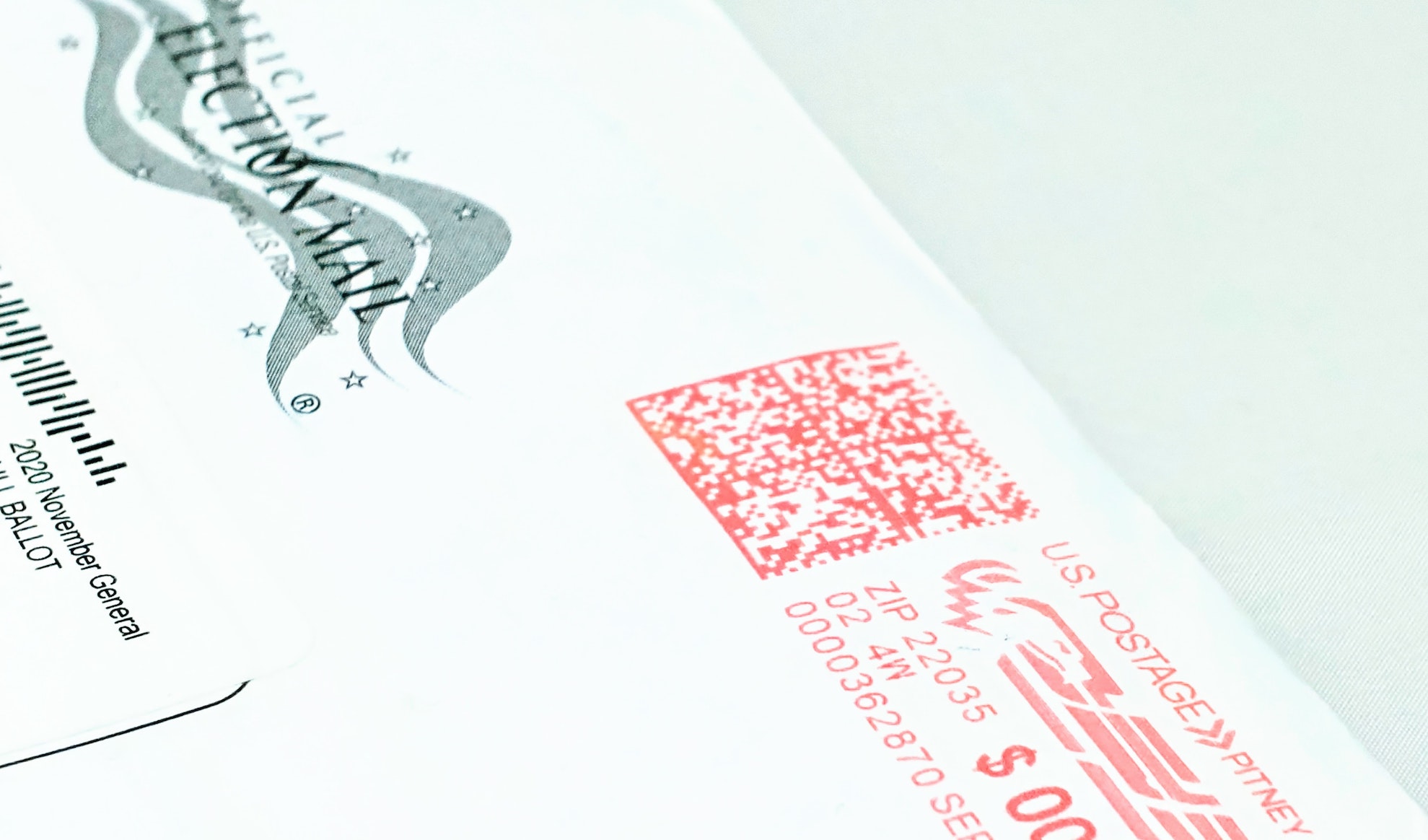To understand ballot curing and efforts to minimize ballot rejection rates, we spoke with Jose Altamirano MPP 2023 and co-author of the Ash Center Policy Brief “Ensuring All Votes Count: Reducing Rejected Ballots,” which examines efforts across the country to reduce the number of rejected mail-in ballots.
Ash: What does it mean to “cure” a ballot and why has more attention continued to be paid towards the topic in the runup to the midterm elections?
Jose Altamirano: A voter “cures” their ballot when they correct any clerical errors with their mail ballot — for example, forgetting to sign their ballot envelope — before that ballot is otherwise rejected and not counted. This issue has picked up steam in the last few election cycles as the proportion of voters casting their ballots by mail has increased. A number of states have changed their laws regarding mail voting. Some states made it more accessible to vote by mail or to cure one’s ballot, while other states went in the opposite direction.
Mail-in voting spiked in 2020, largely driven by the COVID-19 pandemic. Despite this increase, mail-in ballot rejection rates actually declined overall. To what do you attribute this counterintuitive finding?
It is hard to pinpoint one exact cause, but a variety of different factors likely contributed to ballot rejection rates decreasing in most states in 2020. For starters, many states implemented new policies for the first time, including a right to cure, ballot tracking, and ballot drop boxes. State and local election officials worked around the clock to inform voters of any issues with their mail ballots. Campaigns and nonpartisan civic associations reached out to target voters to inform them of any potential issues with their ballots. And of course, the media attention on the election, and the increased rate of mail ballots, likely increased the salience of the issue in most voters’ minds. These factors contributed to a ramped-up atmosphere where more voters were vigilant on the status of their vote than ever before.
Did you find that there were specific categories of voters more likely to have their ballots rejected?
We found that states that implemented certain policies, like the aforementioned ballot cure, ballot tracking, and ballot drop boxes, generally had lower rejection rates than states that did not implement either one of these policies. Previous research has shown an association between the verification policy used by the state to verify the authenticity of mail ballots and that state’s rejection rate. This research has shown that the more hoops that a voter has to jump through to verify their identity, the likelier it is that their ballot will be rejected. Finally, the academic literature on this topic has indicated that voters of color, first-time voters, and younger voters are more likely to have their ballots rejected than other groups. The literature also suggests that the county you live in (within your state) also contributes to whether your ballot will be rejected or not.
What steps should local election administrators and policymakers take to reduce rejection rates?
We applaud the hard work that local election administrators performed in 2020 and are conducting in 2022 to ensure that eligible voters turn out to vote and have their votes counted. We urge policymakers to consider implementing policies like ballot cure, ballot drop boxes, and less onerous mail ballot verification standards if they haven’t already done so, in order to ensure more equitable access to the ballot box.
States that have already implemented these policies still reject mail ballots. There are more granular policies that election administrators can employ to further decrease the incidence of rejected ballots. These include contacting voters who had their ballots rejected due to a signature mismatch to collect an updated version of that voter’s signature and working with non-profit organizations, like the Center for Civic Design, to design their ballot envelopes to ensure that voters understand the requirements they have to follow to have their votes count.
Photo Credit: Ted Eytan


